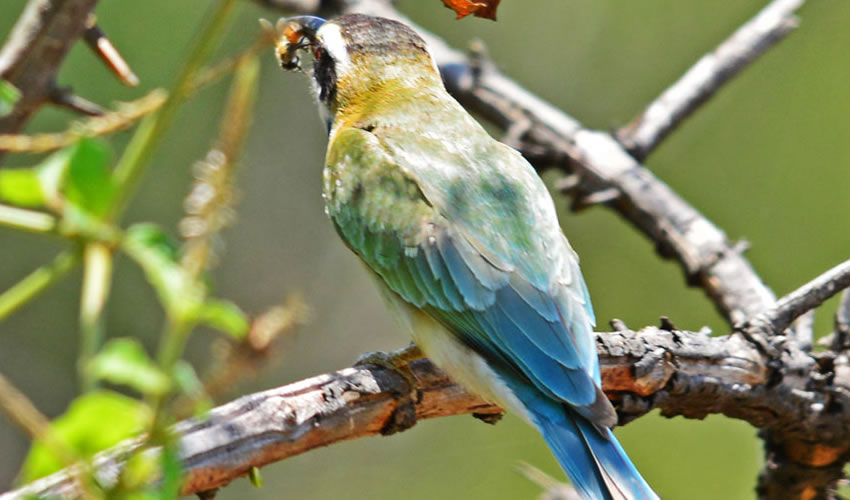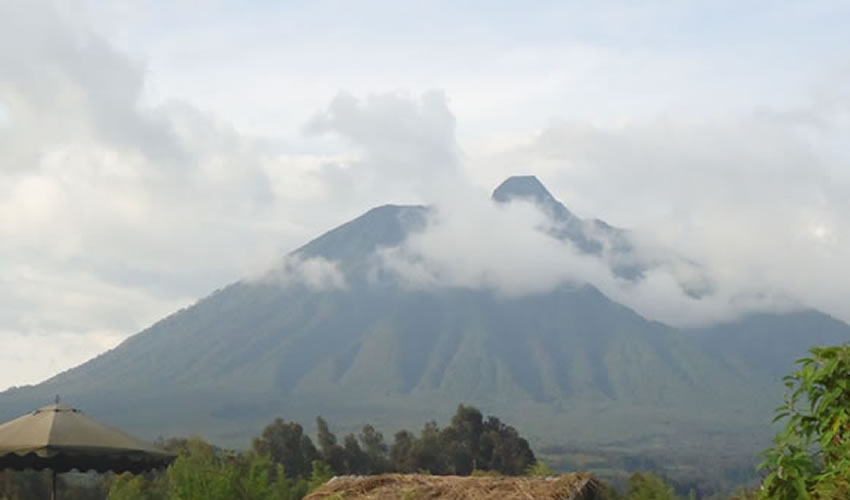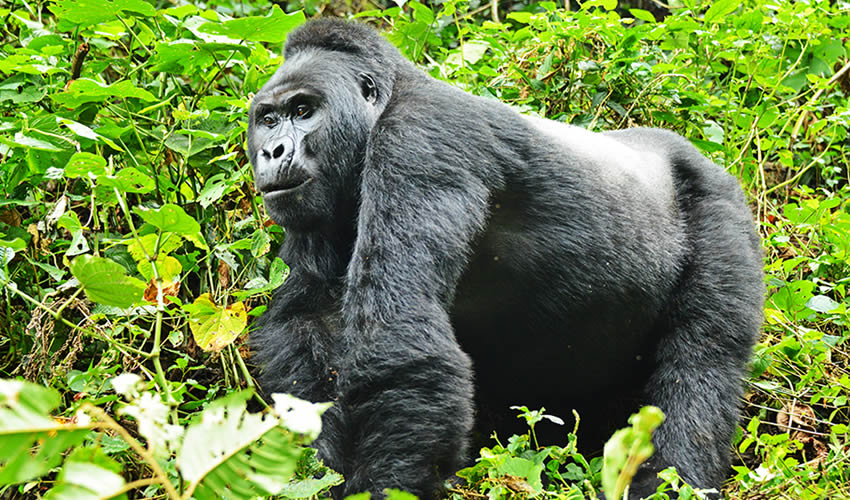The Perfect Wilderness in Uganda, Kidepo National Park
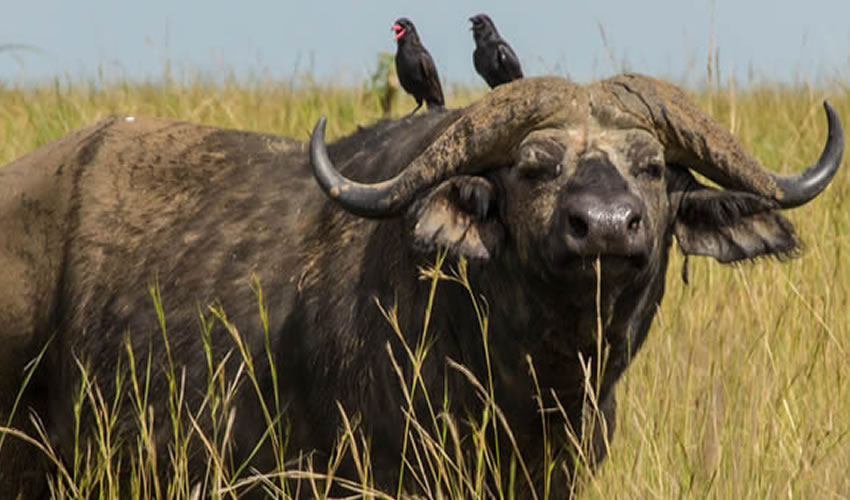
Kidepo Valley National Park is found in the northeastern corner of Uganda, Kaabong District. It lies in the rugged, semi arid valleys between Uganda’s borders with Sudan and Kenya. The northwestern boundary of the park runs along the international frontier with South Sudan and abuts against its Kidepo Game. From Apoka, in the heart of the park, a Savannah landscape extends far beyond the gazetted area, towards horizons outlined by distant mountain ranges.
The park consists of the two major valley systems of the Kidepo and Narus Rivers. The valley floors lie between 3,000 feet (910 m) and 4,000 feet (1,200 m). There are differences in the rainfall received during the year with annual averages of 89 centimeters (35 in) in Narus and 64 centimetres (25 in) in the Kidepo basin and this leads to vegetation and animal population variances between the two valleys. During the dry season, the only permanent water in the park is found in wetlands and remnant pools in the broad Narus Valley near Apoka. These seasonal oases, combined with the open, Savannah terrain, make the Narus Valley the park’s prime game viewing location. In the Narus Valley you will see shorter red oat grass and taller bunchy Guinea grass and fine thatching grass. Its vast savannah landscape which is spectacularly lined with distant mountain ranges on the horizon Most of the park is open tree Savannah.
Kidepo Valley National Park was gazetted as a national park in 1962, it has a profusion of big game and hosts over 86 mammal species as well as around 475 bird species some of which can only be found in that park in Uganda. There are Lions in abundance-especially during the dry season of the year, Elephant and Buffalo herds roaming, Rothschild Giraffes, Zebras, leopards, cheetahs, wild dogs, ostriches, pangolins, the bat eared fox, striped and spotted hyenas, tortoises, ostriches, aardwolf, caracal, and hunting dog, antelopes such as eland, bush buck, bush duskier, defassa water buck, bohor reed buck, jackson’s hartebeest and oribi.
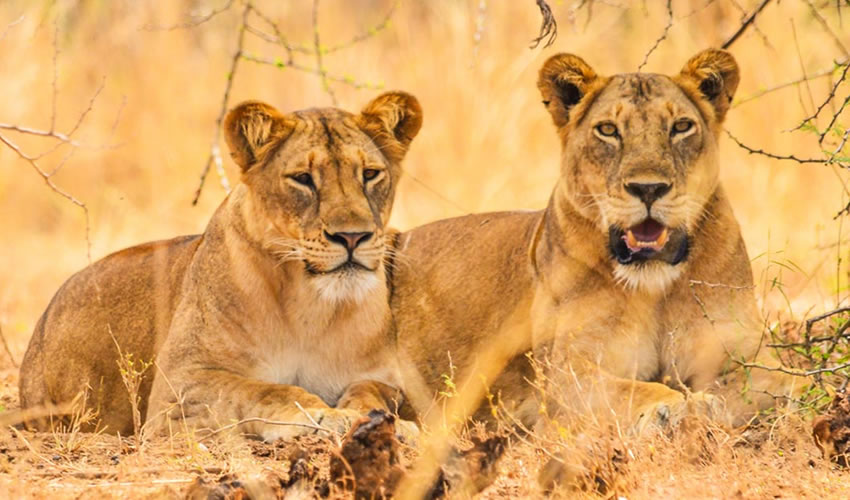
Kidepo Valley National Park is so quiet and still with abundant wildlife, listen to yourself and the wild sounds only, the savannah landscape is absolutely breathtaking and the view of the horizon is endless. Kidepo Valley National Park is Uganda’s most isolated national park with less tourists’ vehicles on the game tracks, mostly because of the distance and the roads leading to the park. But once you make it through this wild frontier region of Karamoja you will agree that it is very magnificent and also learn why it is often called a true African wilderness. No wonder it was ranked second best national park in Africa by CNN in 2018 and also ranked among Africa’s finest wildernesses. This remote, out of the ordinary park offers the best of the Wild of Africa and worth your time and effort. This park stands out to be one of the best virgin places every wildlife viewer can ever visit in Uganda. This virgin national park is undoubtedly among the best wilderness areas in Africa.
Attractions and activities in Kidepo Valley National Park
1. Kidepo Valley and Kanangorok Hot Springs
Through most of the year, shortage of surface water implies that less wildlife is seen within Kidepo Valley, although it is still definitely worth the drive to go to the dried out Kidepo River to walk along its 50 meter wide river bed comprised of white sand in between the banks blanketed with borassus palms. “Kidepo” means “to pick from below” and this valley was frequented by people traveling to collect fallen borassus fruits to use for fermenting when making palm beer. You will be shown around how animals dig down the sand in search for water till they reach it and quench their thirst.
The Kanangorok Hot Springs are located 11 kilometers past the Kidepo River along the Sudan border in the extreme north of the park. It is the most permanent source of water in the park and marvelous place to sit down and observe the mountains far past the frontier.
2. Mount Morungule
Mount Morungole towers to 2,750 meters and it is crossed by River Kidepo and River Narus which nourish the wildlife plus the natural habitat of this park. The Morungole Range defines the southern boundary of this park and soars from these plains a couple of kilometers north-east of Apoka. This area may be visited on foot in the company of a ranger. The slopes of the mountain are habitat to the IK people, who are the tiniest ethnic group found in Uganda, and have their own special culture.
3. Namamukweny Valley
This valley is populated by a huge amount of bird species for example the Eastern Paradise Whydah, Green Wood Hoopoe, White-crested Turaco, Abyssinian Roller and the Common Bulbul, among others. It’s found in the northwest part of the park and may be accessed on foot or using a car.
4. Lomej Hills
The Lomej Hills are found just a brief drive from the park headquarters. These hills are a great viewing point to see wild animals and birds such as the mountain reedbucks.
5. Apoka Tourism Centre
This is a craft shop having books plus souvenirs, alcoholic beverages, bottled-water plus sodas which you can buy, Apoka Tourism Centre is overlooking the game filled Narus Valley and habitat to a luxurious Apoka Safari Lodge and the budget Uganda Wildlife Authority’s Bandas; At the centre you will find Ranger guides who accompany tourists on their game drives plus nature walks and if you don’t have private transport, then you can hire the Uganda Wildlife Authority trucks.
6. Local People
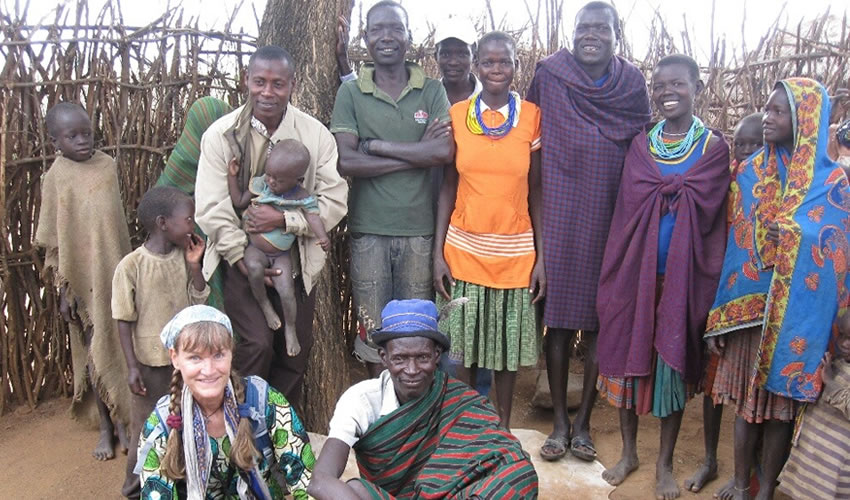
Most of the people bordering the park are Karamajong, traditional pastoralists. Visit the Karamajong Manyatas (cow dung homesteads) to learn about their traditional customs and dances as well crafts like stools, knives, bows, arrows and jewelry. Visitors can also visit the lk, one of the most reclusive tribes in Uganda who still live in a very traditional manner in relative seclusion high atop Morungole Mountain. Away from the manyattas, the crowning moment of a visit to this community is the dance by the Ikarangole Dance Group. Prepare to interface with the natives as they dance, jump to the skies and getting closer to you in entertainment. Community engagement is one of the activities that will leave tourists charmed by Kidepo. You will see young boys with herds of cattle and goats along the village paths and a dry river bed. A tour of the neat manyattas leave one fascinated by the order, right from the way twigs and branches are weaved to form a fence to the setting. One thing that will leave you amused is the narrow low entrance to the courtyards.
Accessibility to Kidepo Valley National Park
Kidepo Valley National park is approximately 12 hours from Kampala by road.
By Air a regular scheduled flights take 2 hours and fly into Kidepo. Charters can easily be arranged as well. This is the easiest way to access the park but more costly option.
Where to stay in Kidepo Valley National Park
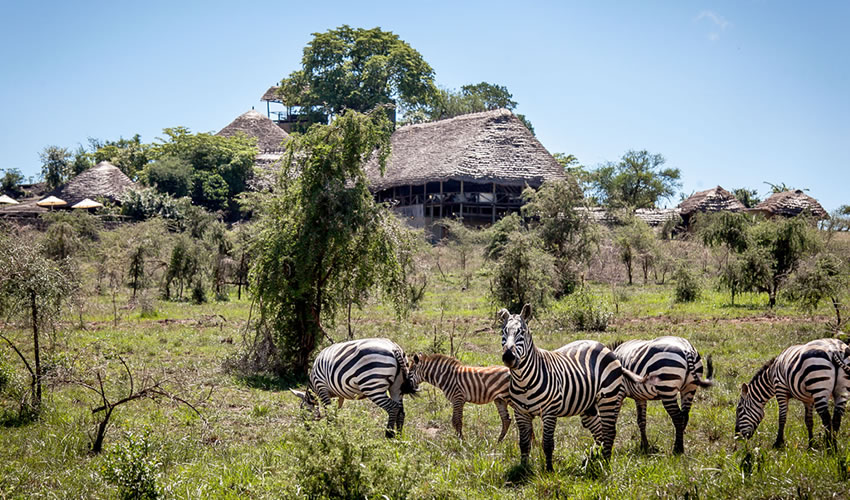
The park now boosts of a number of lodges than it was previously. There are two facilities in the middle of the park and these are the luxurious Apoka Safari Lodge, The Uganda Wildlife Apoka Bandas for budget clients. At Apoka Bandas clients have a choice to sleep in the bandas or to camp in the tents.
There is Nga’Moru Wilderness camp situated at the park’s boundaries, and Kidepo Savannah Lodge which is just a 500 mt away from Kalokudo gate.

